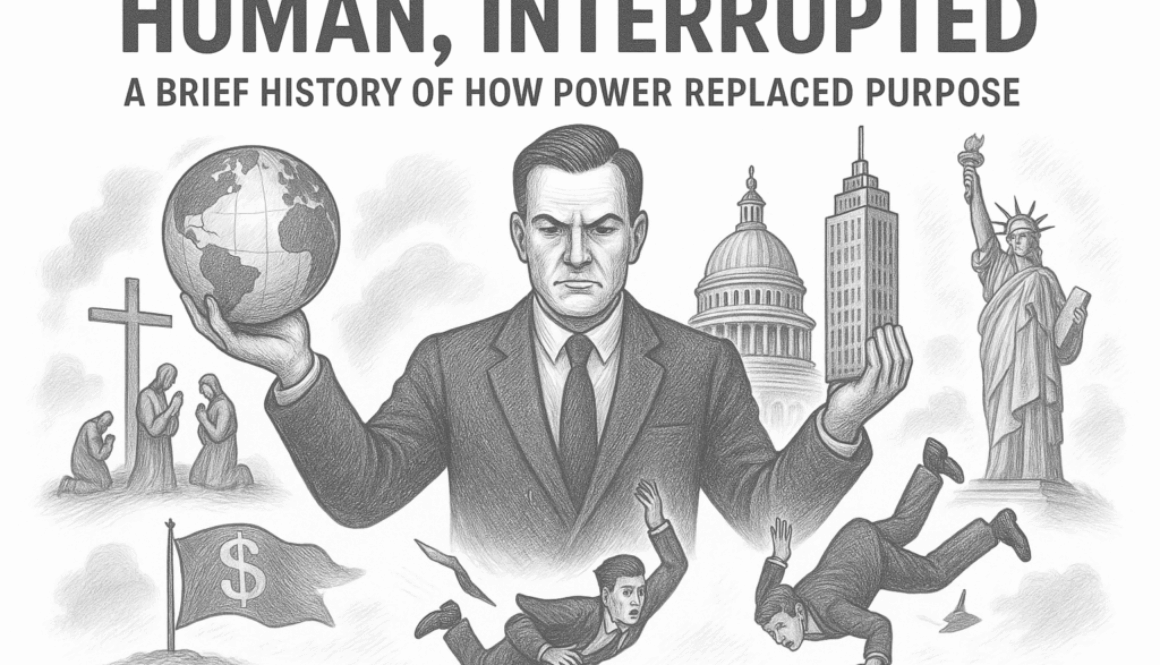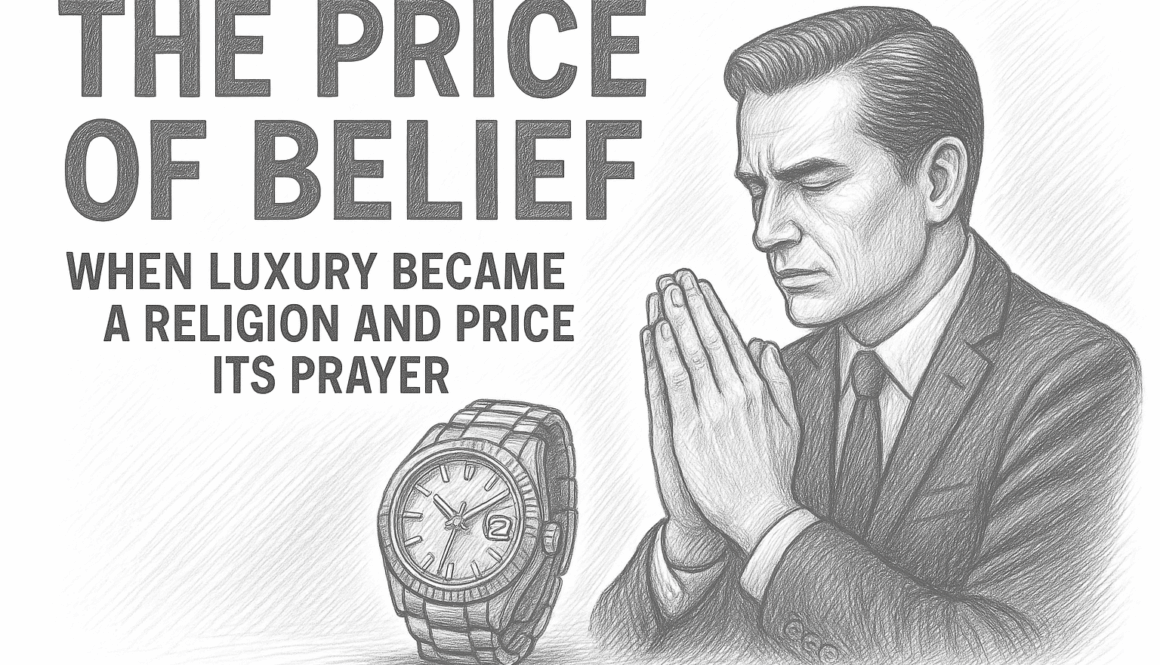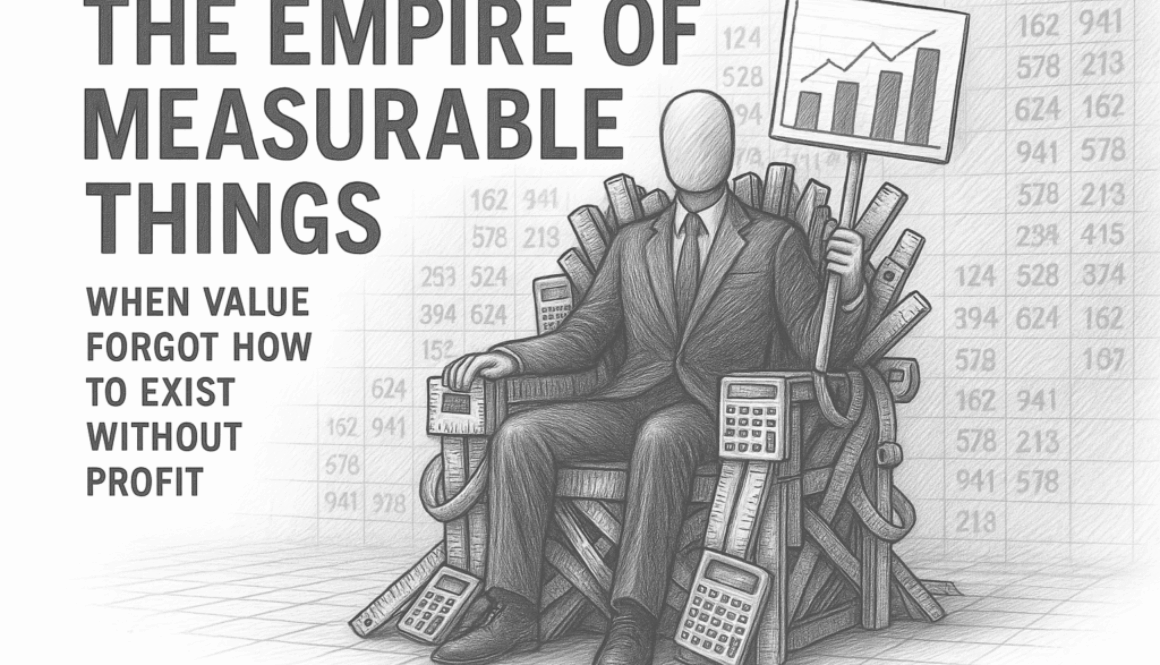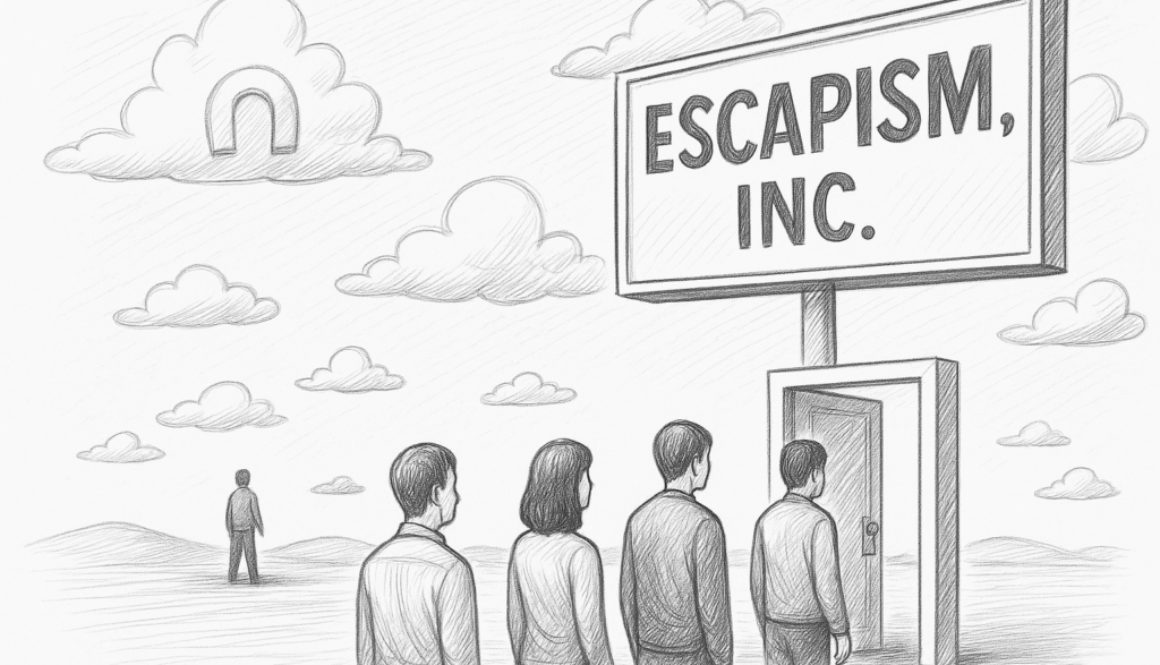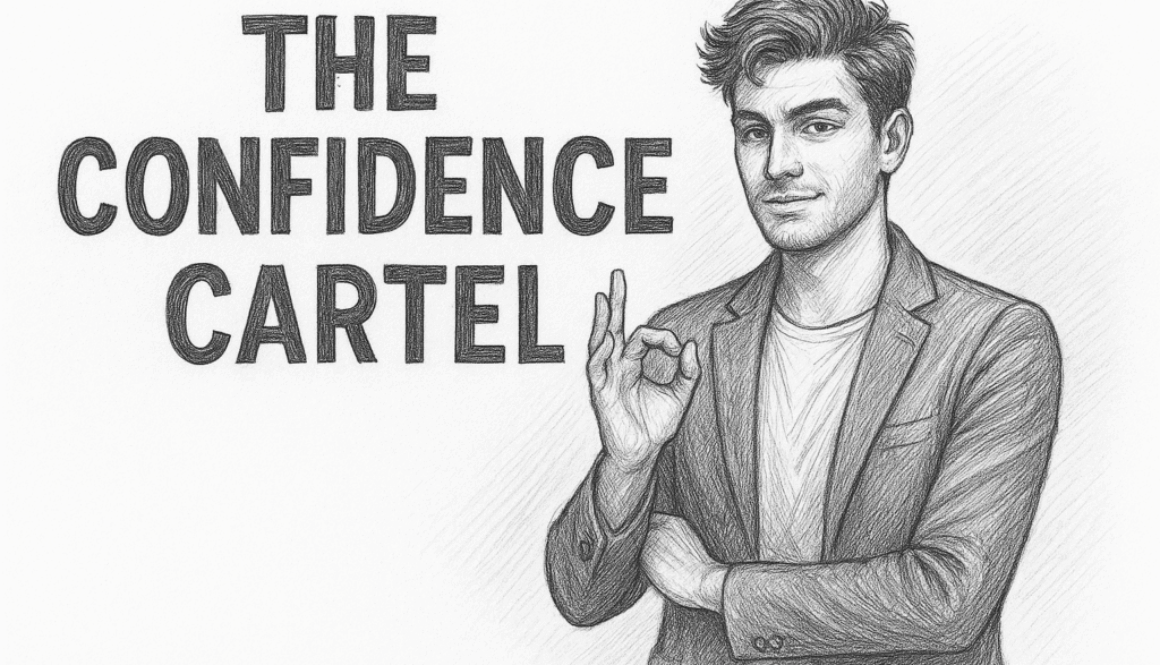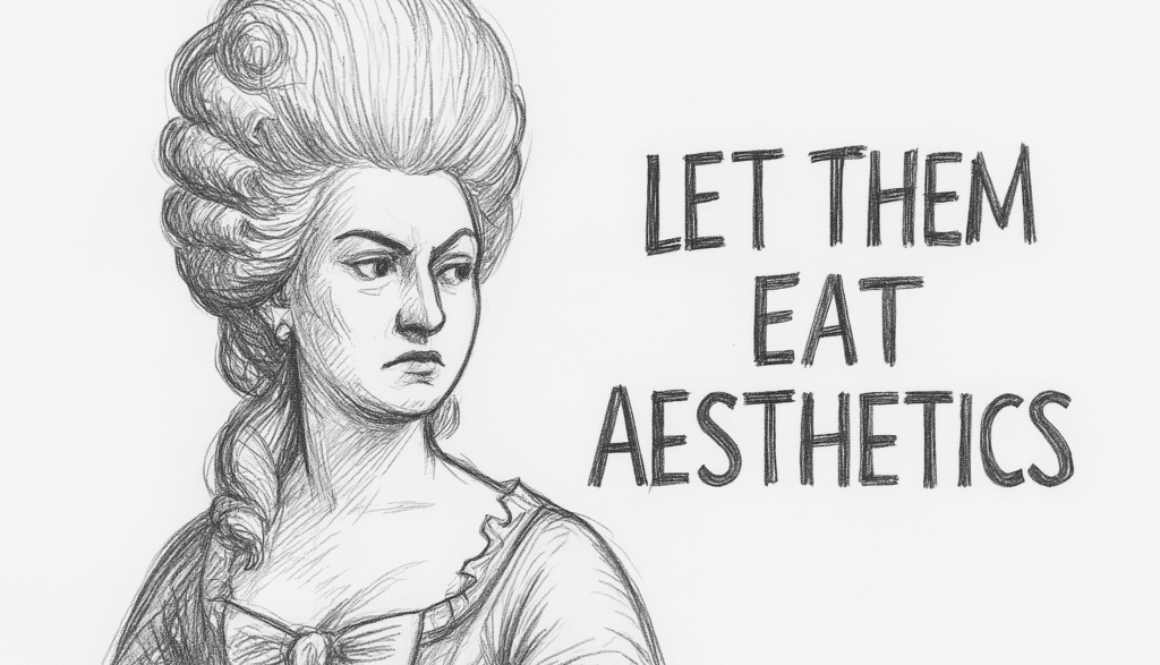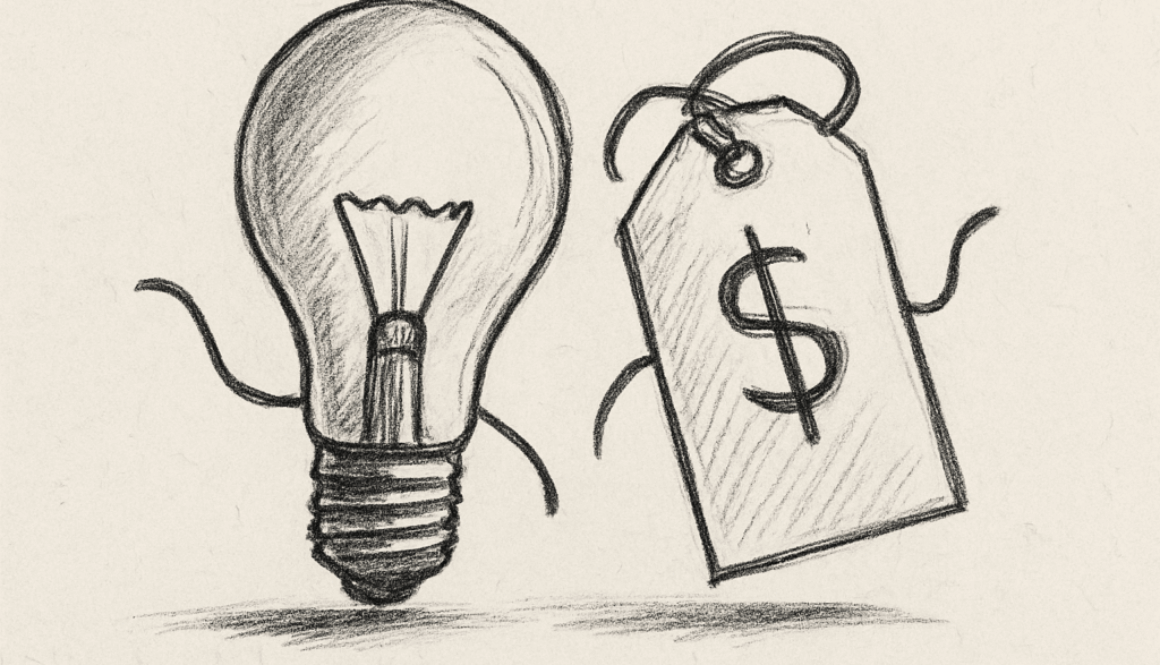Human, Interrupted
A brief history of how power replaced purpose.
Hey empire builders—
The first man who thought he could control the sun wasn’t an entrepreneur. He was a god. Or at least, he thought so.
Power has always been the most addictive hallucinogen in human history. It starts as ambition, grows into conviction, and ends in delusion. From pharaohs who bent rivers to CEOs who bend markets, our species keeps replaying the same myth: that someone, somewhere, can command everything.
The ancient prototypes of hubris
Before spreadsheets and stock options, there were crowns and temples.
Egypt built its economy on immortality: thousands of workers carving eternity out of stone so one man could outlive time. Rome industrialized divinity — emperors rebranded as gods, their faces stamped on every coin, their will treated as natural law. And the medieval Church? It turned guilt into the most scalable business model ever created — sin was the problem, salvation the subscription.
Each of these systems was built on the same foundation: the illusion that control equals order. That the closer you are to the divine, the further you are from chaos. But history always corrects arrogance.
Every pyramid crumbles.
Every empire burns.
Every infallible institution eventually drowns in its own faith.
The corporate gods of the 20th century
Fast forward a few millennia and the gods have swapped robes for hoodies. But the pattern remains.
Enron, once ranked No. 7 on the Fortune 500, believed it could rewrite the laws of economics through accounting sorcery. When it collapsed in 2001, it erased $74 billion in shareholder value and became a monument to human arrogance. It wasn’t a company — it was a theology of deception.
WeWork, founded in 2010 by Adam Neumann, said it would elevate the world’s consciousness. In 2019, it was valued at $47 billion before collapsing into one of the most spectacular IPO failures in history.
Theranos, founded by Elizabeth Holmes at age 19, promised to end disease with a drop of blood. In 2022, she was sentenced to 11 years in prison for fraud.
These weren’t business models; they were belief systems. Each founder became a prophet, each investor a disciple. And like every religion, doubt was heresy. Reality became negotiable — until it wasn’t.

Empires never collapse in silence.
They fall to applause. Journalists hesitate, employees self-censor, investors fear missing the next miracle. The social bias that built monarchs now fuels markets: if everyone believes, it must be true.
The WeWork cult wasn’t blind loyalty — it was collective hypnosis. Enron’s analysts weren’t stupid — they were complicit. The Theranos board wasn’t naïve — it was enchanted by the glow of genius. Rupert Murdoch, Henry Kissinger, James Mattis — all brilliant minds, all fooled.
We call it innovation, but it’s just idolatry in a nicer suit.
Because when someone looks unstoppable, we stop asking questions.
The billionaires’ pantheon
Today, omnipotence has gone interstellar.
Jeff Bezos rented Venice for his wedding — the city that once ruled trade now became a backdrop for private spectacle. Elon Musk spends more time tweeting about Mars than improving life on Earth, while sending tourists into orbit for $55 million per seat. Mark Zuckerberg’s Metaverse lost over $40 billion and yet he still insists it will change humanity. Bill Gates owns over 275,000 acres of U.S. farmland — more than any other individual — as if sustainability could be privatized.
We used to worship gods for their mercy. Now we worship billionaires for their audacity.
We mistake scale for significance, ambition for virtue, excess for vision. But look closely and the myth is fraying: burnout rates in tech are at record highs, global inequality widens every year, and the richest 1% own nearly half the world’s wealth.
When ego expands faster than empathy, humanity becomes collateral damage.
The ones who said no
A few resist the gravity of omnipotence.
Yvon Chouinard, founder of Patagonia, donated his $3 billion company to fight climate change. His statement was brutally simple: “Earth is now our only shareholder.”
Brunello Cucinellibuilt an empire on dignity and craftsmanship, paying his workers 20% above average and funding philosophy festivals in his hometown of Solomeo.
The Mondragon cooperative in Spain, with over 80,000 employees and €12 billion in revenue, runs on democratic ownership — no gods, no kings, just workers.
They remind us that restraint can be radical. That humanity can still be profitable.
Greatness doesn’t require domination. It requires proportion.
Every age has its gods. Some rule nations, others rule timelines. Some build pyramids, others build algorithms. The tragedy is the same: the more control we gain, the less capable we become of seeing limits.
In business, hubris always disguises itself as vision.
And when vision stops being questioned, it becomes a religion. The same fire that forges progress also burns civilizations — the only difference is how long we pretend not to smell the smoke.
When you believe you can do everything, you eventually destroy something.
Until next time, stay grounded.
